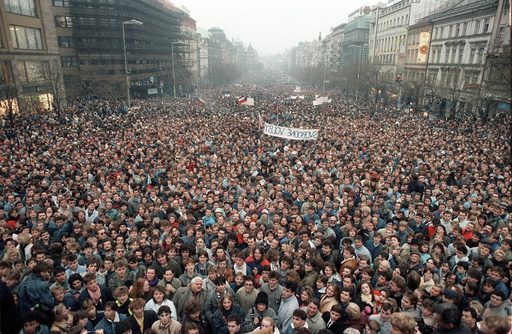In Bangladesh, protests against a government job quota system escalated into a widespread uprising that led to the prime minister fleeing and resigning. What began as peaceful demonstrations by students frustrated with a system favoring connections to the ruling party turned violent on July 15, resulting in nearly 300 casualties, including students and police officers. This scenario is reminiscent of other historical cases where youth movements influenced political shifts:
In Sri Lanka in 2022, protests brought down a government amid an economic crisis. In March, grievances over shortages of essentials and power outages led to months-long protests. University students and young activists camped outside the president’s office in Colombo, demanding his resignation. Despite government attempts to suppress the movement, including imposing a curfew and a state of emergency, the sustained protests eventually forced the prime minister to step down in May and the president in July.
Greece’s Athens Polytechnic university saw a student uprising in November 1973 against a military junta that had ruled oppressively for six years. The peaceful protest turned deadly when the military intervened, resulting in disputed casualties. The uprising marked a turning point in Greece’s path to democracy, leading to the regime’s downfall and the eventual return to civilian government in 1974.
In the United States, the Kent State University demonstrations of May 1970 against the Vietnam War turned tragic when the Ohio National Guard shot at protesters, killing four students and injuring others. The incident sparked national outrage, fueling anti-war sentiments and mobilizing millions of students in strikes that temporarily shut down hundreds of colleges and universities.
In South Africa, the 1976 Soweto Uprising stands as a significant moment in the fight against apartheid. Black students protested the mandatory use of Afrikaans, the language of the apartheid regime, leading to a violent government crackdown that claimed hundreds of lives. The international outcry over the brutal suppression of the protests played a role in the eventual dismantling of apartheid and the dawn of democracy in 1994.
The Velvet Revolution in Czechoslovakia in 1989 saw peaceful demonstrations culminating in the resignation of the Communist Party’s leadership and the election of Vaclav Havel as the country’s first democratic president. The “Velvet Revolution” symbolized the broader wave of change sweeping through Eastern Europe as it transitioned from Communist rule to democracy.
These historical examples illustrate the significant impact of youth-led movements in challenging oppressive systems, advocating for change, and shaping the course of history.
